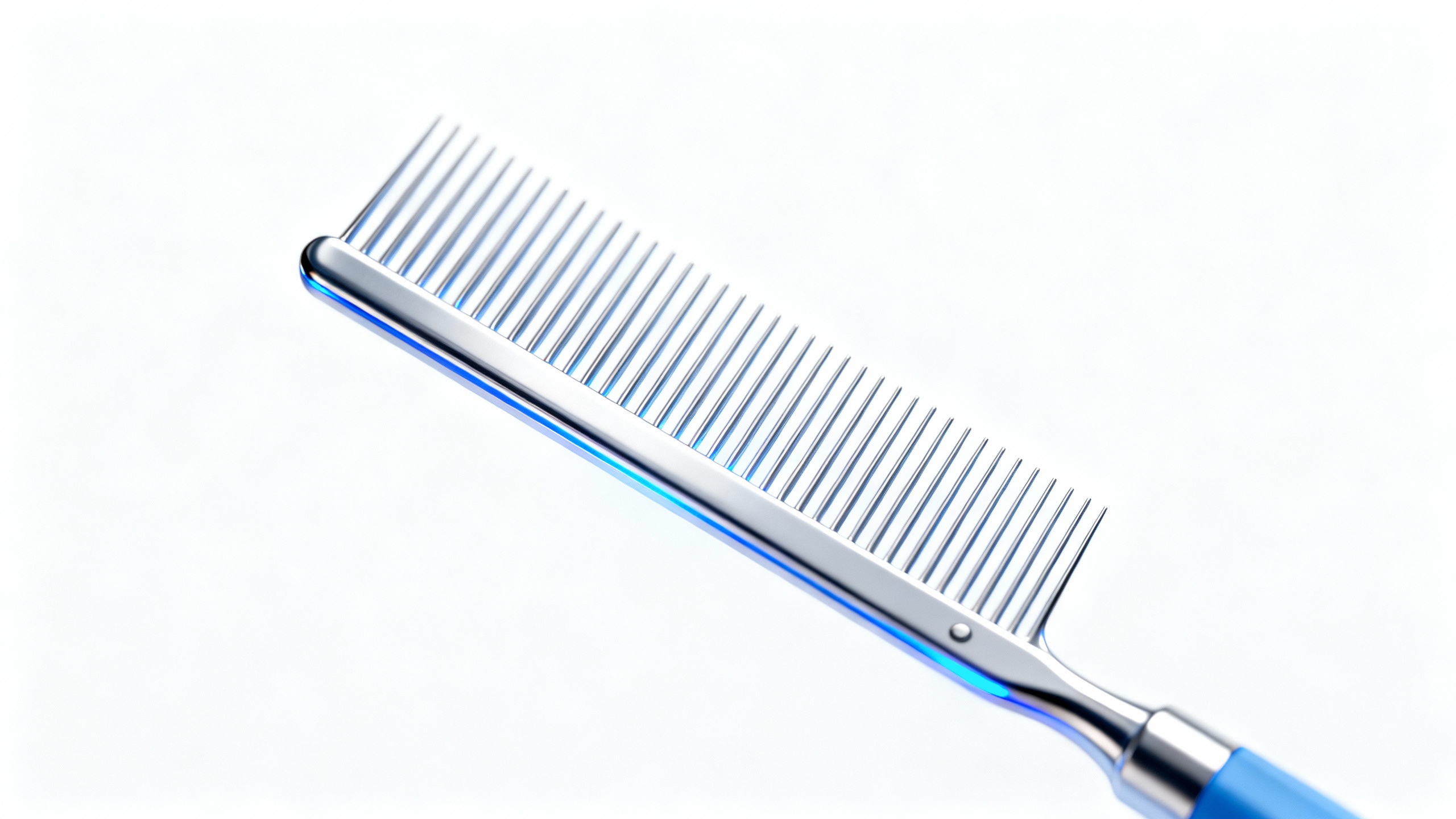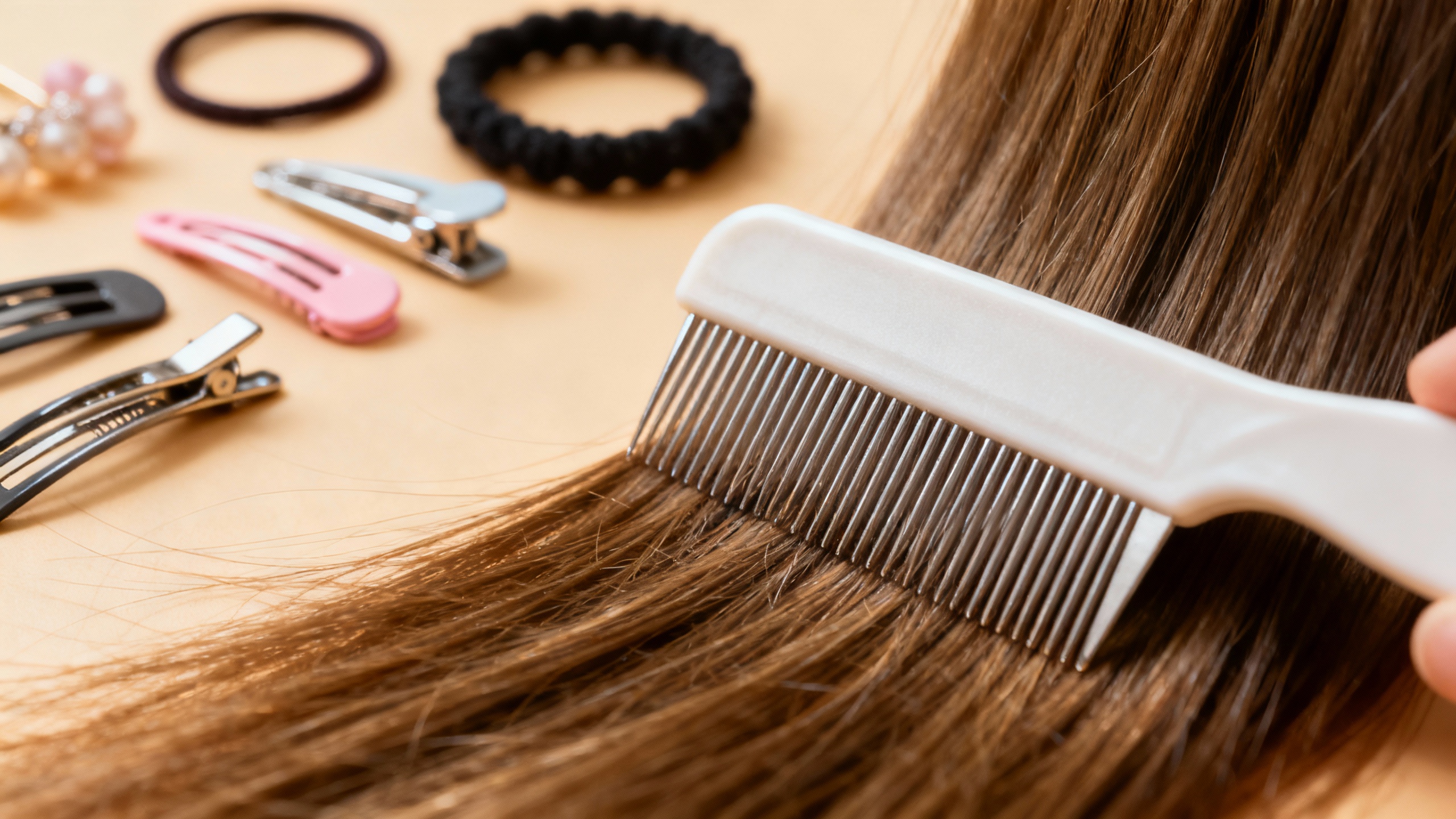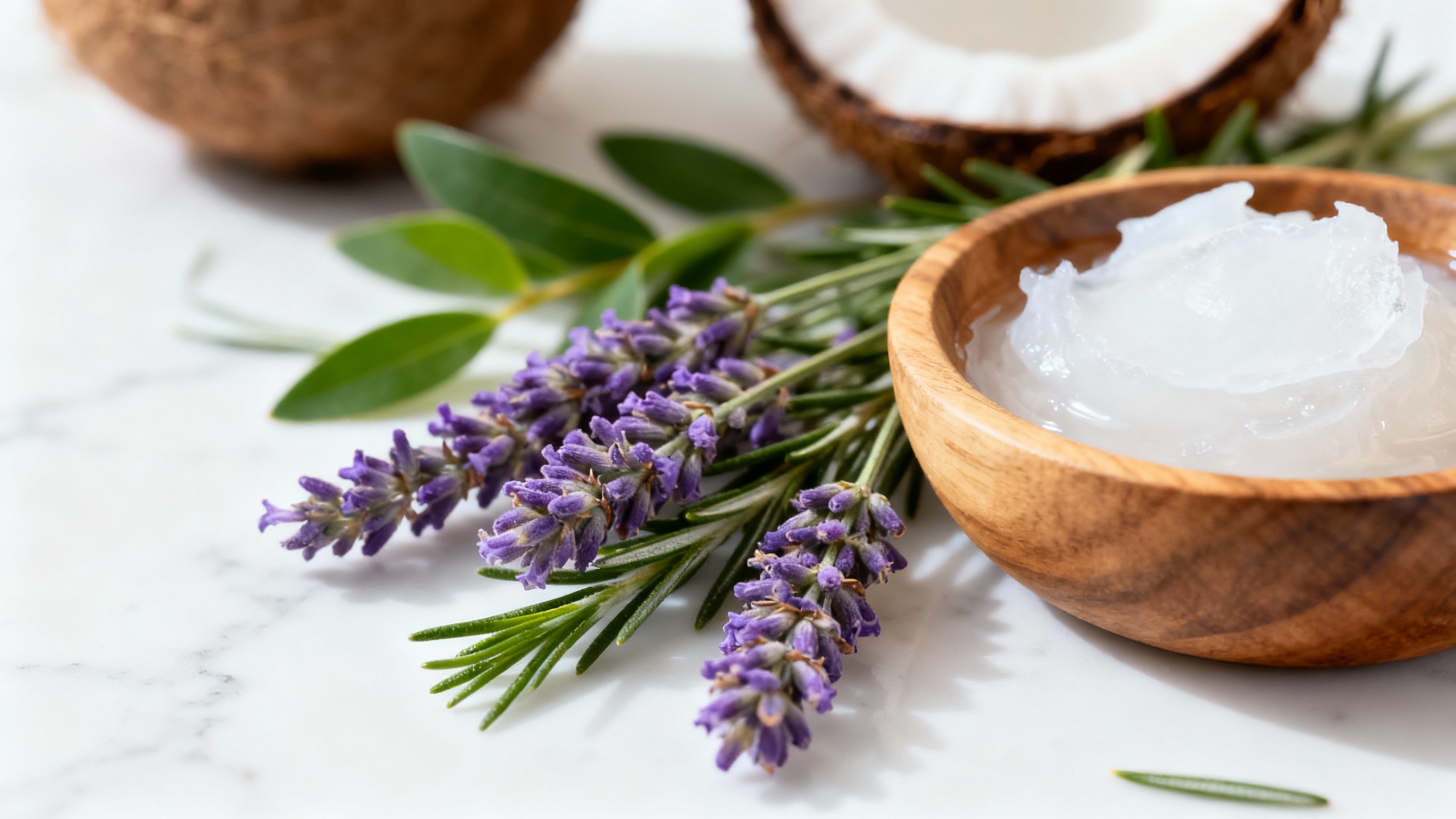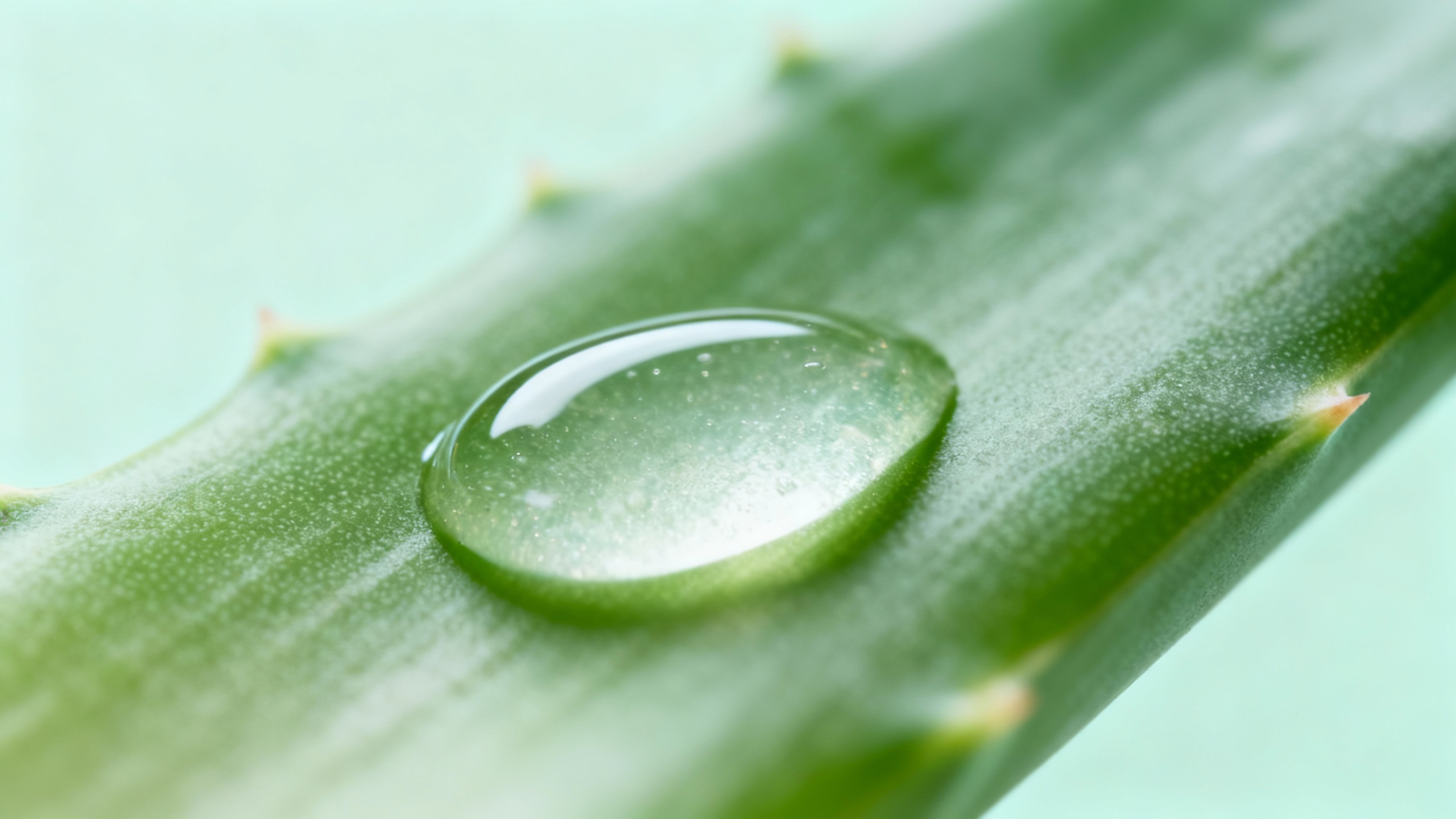30 August 2024
What you need to know about Nail Fungus
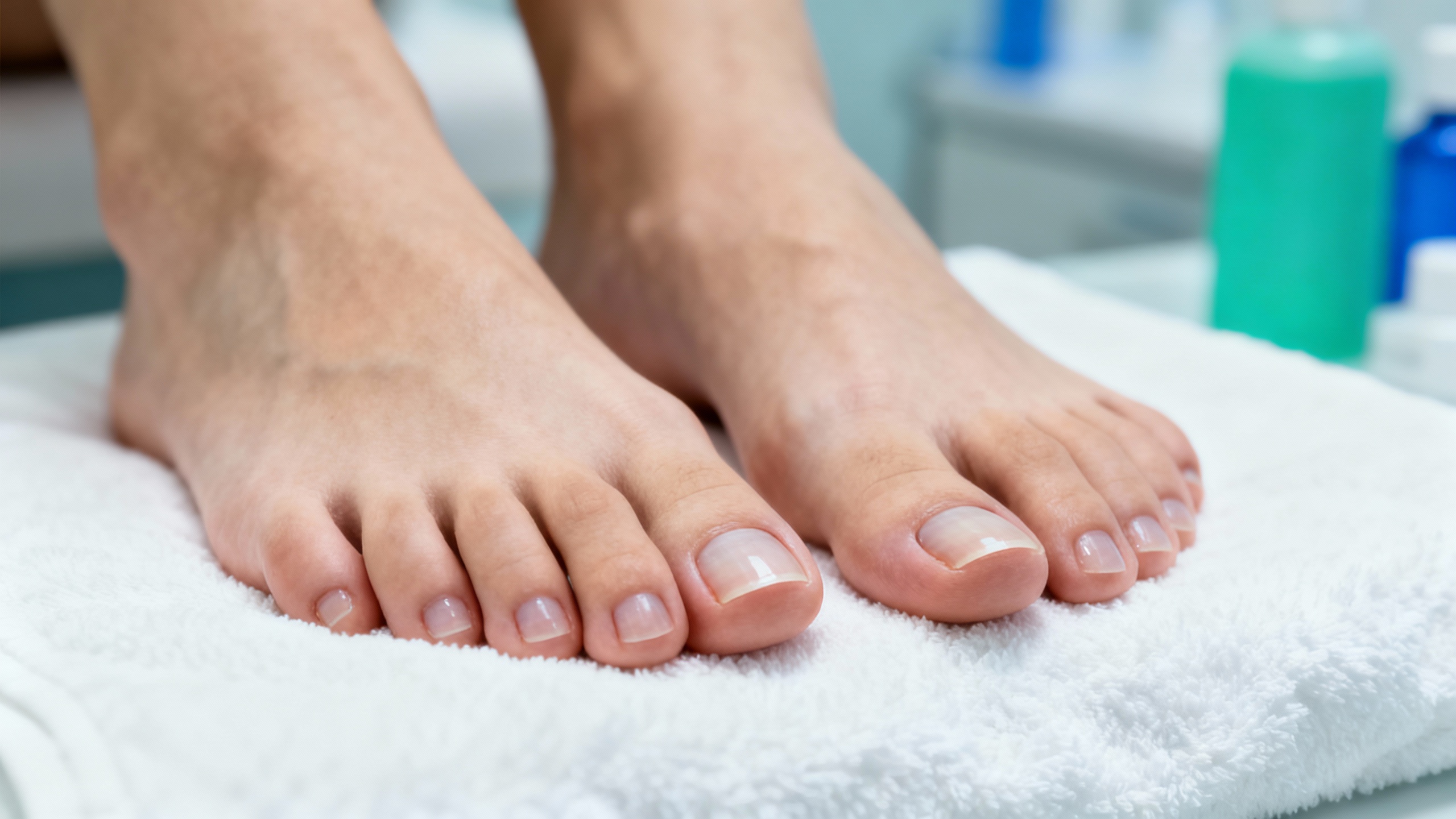
It's also referred to as Athlete's foot or shingles. But shingle is usually used as an all-encompassing term for the two conditions, mycotic nails and nail fungus. It's a common condition that at times goes by the name toenail fungus or nail infection.
Continue reading